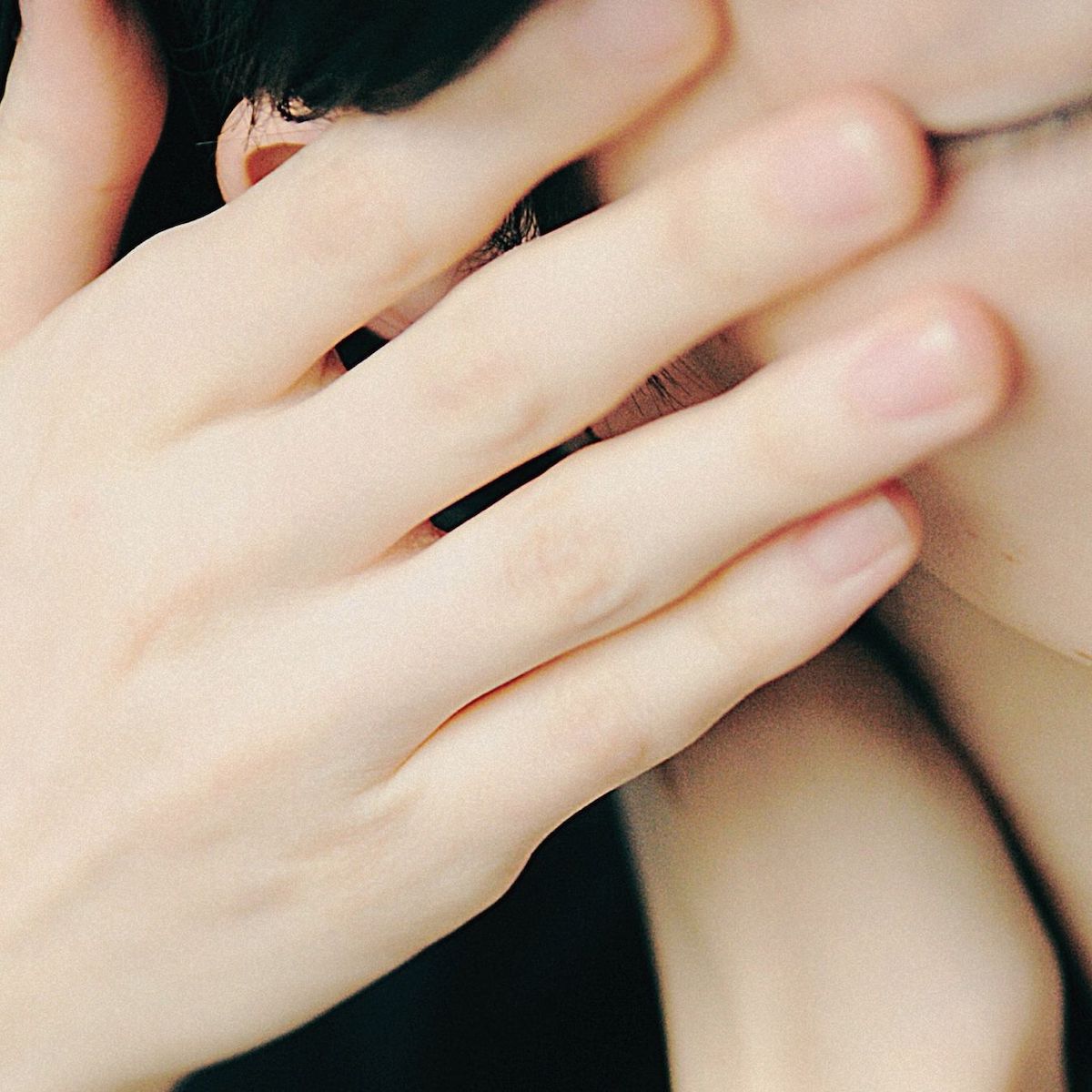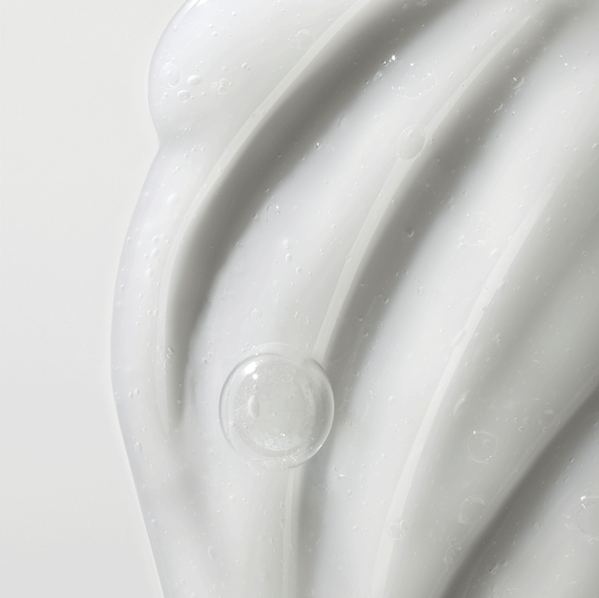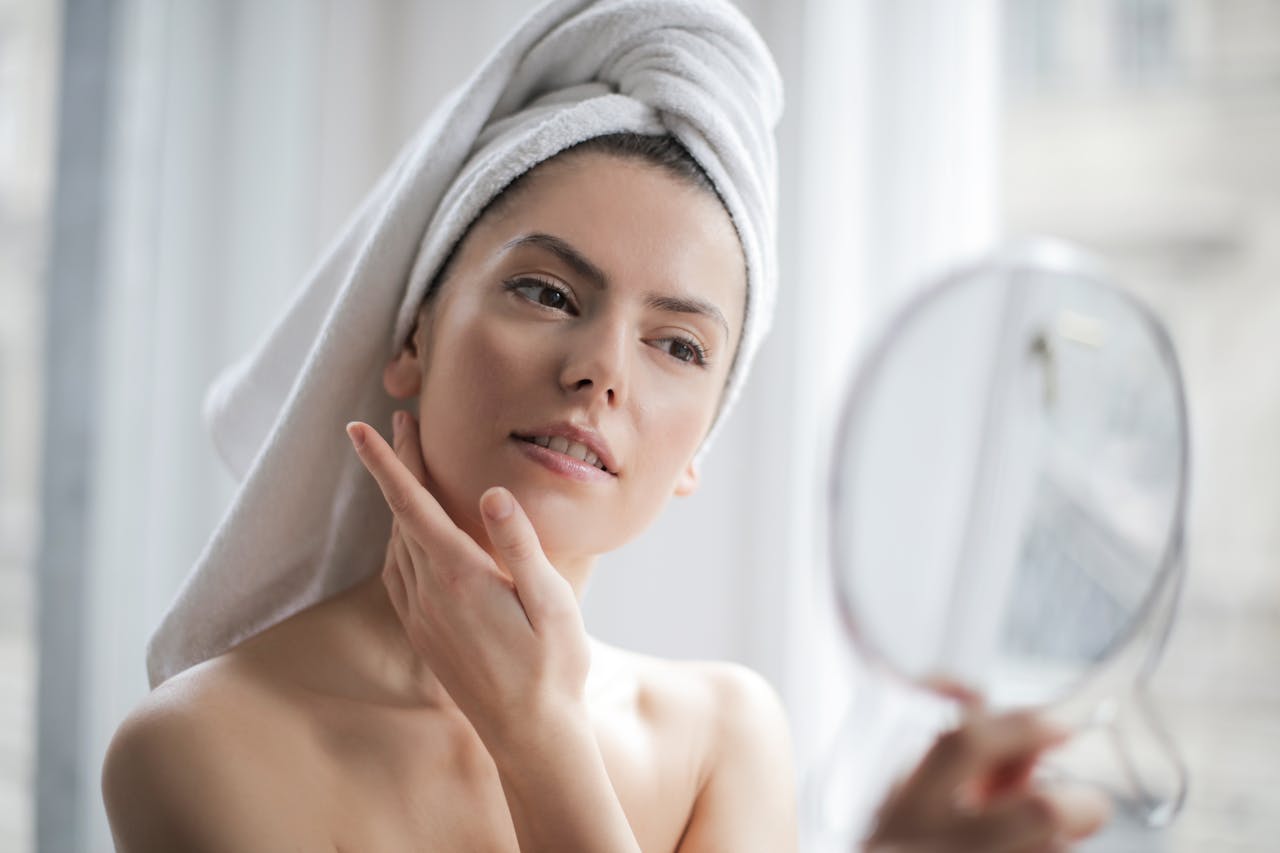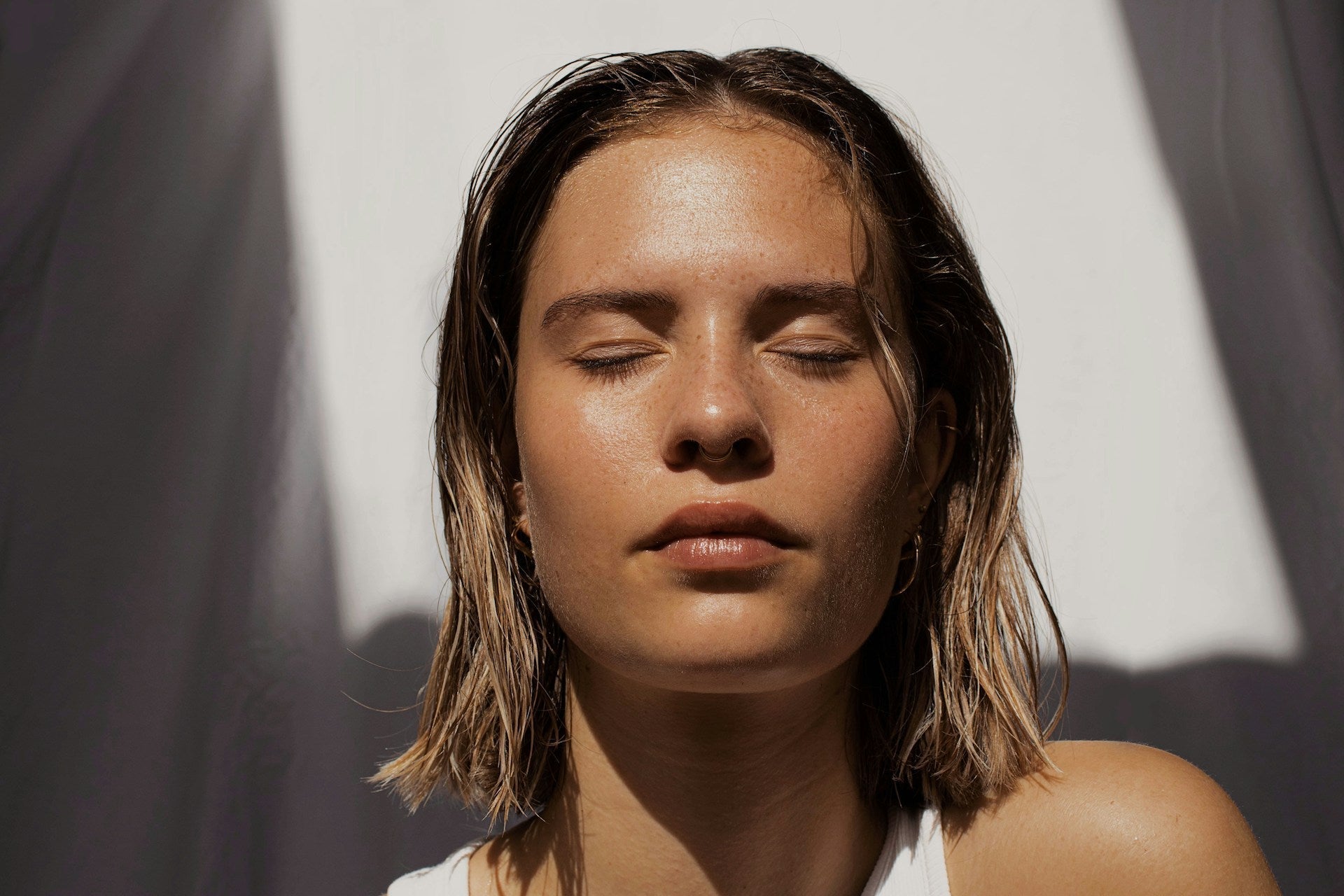Skincare is a science, and the quest for radiant, youthful skin often involves carefully selecting and incorporating the best possible ingredients into your routine. Among these ingredients, retinoids stand out as a skincare powerhouse, celebrated for their ability to combat signs of aging and improve overall skin texture.
However, harnessing the full potential of retinoids requires knowledge and care. So we’re going to delve into the world of retinoids, answering key questions and providing our advice on how to use a retinoid in your skincare routine.
What are retinoids?
First things first - before diving into how to use retinoids effectively, it's essential to understand what retinoids actually are. Retinoids are a class of compounds derived from vitamin A, which play a crucial role in maintaining skin health. Retinoids can be natural or synthetic and can be applied topically (creams or gels) or orally (tablets).
These compounds come in various forms, and all the different types of retinoid have different names - retinol being one of the most commonly used in over-the-counter skin care.
How do retinoids work?
Retinoids work by binding to specific receptors in your skin cells. Once bound, they stimulate cell turnover, slow breakdown of collagen and increase the skin’s thickness.
Retinol specifically stimulates fibroblasts to synthesize collagen fibers (stimulates the activity of fibroblasts and increases their number), improves skin elasticity (removes degenerated elastin fibers) and promotes angiogenesis (formation of new blood vessels).
The benefits of retinoids: what do they do for your skin?

Retinoids offer a wide range of benefits for your skin and are often found as active ingredients in medications prescribed to treat a range of dermatological conditions, such as acne, psoriasis and photoaging.
1. Diminishing fine lines and wrinkles
Retinoids help stimulate collagen production, the supply of which decreases with age. They help bolster the skin’s elasticity which helps to reduce the appearance of fine lines, wrinkles and sagging.
2. Smoothing and brightening skin texture
As we start to age, our skin cell turnover begins to slow. By promoting cell turnover, retinoids improve skin texture, helping to achieve smoother and a more even skin tone. Often referred to as the gold standard for maintaining smooth skin, they encourage skin cell turnover, revealing fresher, more youthful-looking skin.
3. Treating acne
Retinoids are effective in treating acne by unclogging pores, reducing inflammation, preventing the formation of new blemishes, and improving post inflammatory pigmentation and scarring.
4. Fading hyperpigmentation
Retinoids can help fade dark spots, sunspots, and hyperpigmentation by inhibiting melanin production and promoting even skin tone. Learn more about how to get rid of hyperpigmentation.
5. Preventing aging signs
Regular use of retinoids can help prevent premature aging signs, such as sun damage and collagen breakdown.
How to apply retinoids
To get the most out of your retinoid, follow our retinoid application guidelines:
1. Start slowly
If you're new to retinoids, begin with a lower concentration product. Apply a pea-sized amount to your face, starting 2-3 times a week. Gradually increase the frequency as your skin adjusts to every other night or nightly if tolerated.
If you increase the strength of your retinoid product, make sure to reduce the frequency of application and slowly rebuild to every other night or nightly as tolerated.
2. Apply at night
Some retinoids are not photostable (resistant to change under radiant energy or light) and can be deactivated by light, but this is not the case for all topical retinoids. Some retinoids can make your skin more sensitive to the sun, so we would recommend application at night - incorporate it into your bedtime skincare routine. Gently cleanse your face, allowing it to completely dry, and then apply your topical retinoid.
3. Use a pea-sized amount
A little goes a long way with retinoids. Start with a pea-sized amount and dot evenly over your face & gently rub in.
If you’re new to using retinoids, avoid applying around your eyes, as the skin is thinner and you might experience irritation.
4. Follow with moisturizer
After your retinoid, apply a moisturizer to lock in hydration and reduce potential dryness. If you are struggling with irritation and dryness when using a topical retinoid, you can apply a moisturizer prior to applying your retinoid or sandwich your retinoid between two layers of moisturizer.
5. Limit other products with active ingredients
When first starting a topical retinoid, it’s best to initially limit other skincare products with active ingredients at the same time. Using multiple active ingredients while incorporating a retinoid into your routine might lead to unnecessary irritation and possible reactions.
Depending on the active ingredient, we’d recommend consulting your dermatologist for specific advice for reintroducing other products, but generally they can be introduced at a later date.
How often should I use a retinoid?
How often you use a retinoid depends on your skin's tolerance. As a general guideline:
- Beginners: start by applying 2-3 times a week, gradually working up to alternate nights.
- Experienced Users: apply nightly, as tolerated.
Building your retinoid skincare routine

Retinoids should be integrated into a complete skincare routine. Here's a basic structure to follow:
- Cleanse: avoid harsh or abrasive cleansers that can further irritate your skin and choose a cleanser that is gentle and soothing like the Under Skin Perfect Gentle Cleanser to remove impurities morning and evening.
- Retinoid: apply your retinoid as outlined above
- Apply a moisturizer: keep your skin hydrated to reduce dryness and peeling and apply morning and evening.
- Use sunscreen: it is very important to protect your skin from UV damage by applying sunscreen during the day. Retinoids make your skin more sensitive to the sun. The La Roche-Posay Athelios Mineral Tinted Sunscreen is the perfect lightweight sunscreen offering protection and a healthy glow. Apply first thing in the morning with reapplication throughout the day.
- Avoid harsh products: steer clear of other potentially irritating products or active ingredients when first starting a retinoid in your nighttime routine. These can be slowly added to your nighttime routine once your skin has adjusted to using a topical retinoid.
- Consult a dermatologist: if you experience severe or persistent side effects, seek professional advice.
Choosing the right retinoid product
Selecting the right retinoid product for your skin type and concerns is essential for achieving the best results. Here's how to make an informed choice:
Over-the-counter retinoids: retinal, retinol, adapalene
These are readily available and come in various formulations & strengths. They are a good choice for beginners and those with sensitive skin.
Prescription-strength retinoids: tretinoin, trifarotene, tazarotene
If you have specific skincare concerns (, or if over-the-counter options aren't delivering the desired results, consider consulting a dermatologist for prescription-strength retinoids.
Retinoid side effects and precautions
Retinoids offer impressive benefits and are safe, when used correctly. However, you may notice some mild side effects, especially if you’re just starting to incorporate it into your skin care routine (the adjustment phase).
- Dryness, flaking and peeling: use a rich moisturizer to combat these common side effects. Although it might be tempting to exfoliate your skin, proceed with caution as this can often cause even more irritation.
- Redness and irritation: reduce irritation by applying your retinoid to completely dry skin and following with a moisturizer.
- Sun sensitivity: The use of sunscreen is non-negotiable when using a retinoid. Choose a broad-spectrum sunscreen with SPF 30 or higher and apply it every morning, whether you plan to spend time outdoors or not, with reapplication throughout the day for adequate protection. retinoids can make you more sensitive to the sun so it’s crucial to always use sunscreen during the day and stay out of the sun.
It’s really important to consult your dermatologist or healthcare provider when it comes to the usage of retinoids. It isn’t a one-size-fits-all approach.
- Pregnancy or breastfeeding: some topical retinoids are not recommended during pregnancy or breastfeeding.
- Prescription retinoids: closely follow your dermatologist's guidance if using a prescription-strength retinoid.
- Patch test: If you have sensitive skin, perform a patch test before applying retinoids to your entire face.
- Consult a dermatologist: if you experience severe or persistent side effects, seek professional advice.
Debunking retinol myths and facts
Let's dispel some common misconceptions about retinoids:
Myth: Retinoids thin the skin.
Fact: Retinoids increase cell turnover which leads to shedding the dead skin cells on the very top layer of the skin. Retinoids ultimately stimulate collagen production which leads to thicker skin.
Myth: Retinoids should only be used at night.
Fact: While it's generally recommended to use retinoids at night, some formulations (e.g. adapalene) can be used during the day with proper sunscreen protection.
Myth: Retinoids shouldn't be used with other active ingredients.
Fact: When first starting a topical retinoid, it is generally recommended to limit other products with active ingredients to reduce unnecessary irritation. However, once your skin has become accustomed to a topical retinoid, they can be used alongside other skincare ingredients, but it's essential to introduce them gradually to minimize irritation.
Myth: Retinoids work quickly.
Fact: Retinoids are not an overnight fix - they help treat the condition you currently have and help prevent what you would have in the future. It may take several weeks to months to see significant results, and retinoids may not address all your skincare concerns. In some cases and for more specific issues, more advanced treatments or procedures may be necessary.
How to use a retinoid
Retinoids are considered a staple in a well-established skincare routine. They offer a multitude of benefits, from reducing fine lines & wrinkles and improving skin tone and texture to treating acne, hyperpigmentation and scarring. Harnessing its full potential requires understanding on how to use it correctly and responsibly.
By following the guidance provided in this comprehensive guide, you'll be equipped to make informed decisions about incorporating a retinoid into your skincare routine. Remember to start slowly, choose the right product for your skin type and concerns, and always prioritize sun protection. With patience and consistency, you can harness the power of retinoids to achieve healthy, radiant skin that defies the effects of time.
Reviewed by Dr. Katharine Saussy, MD, FAAD (@drsaussy)






